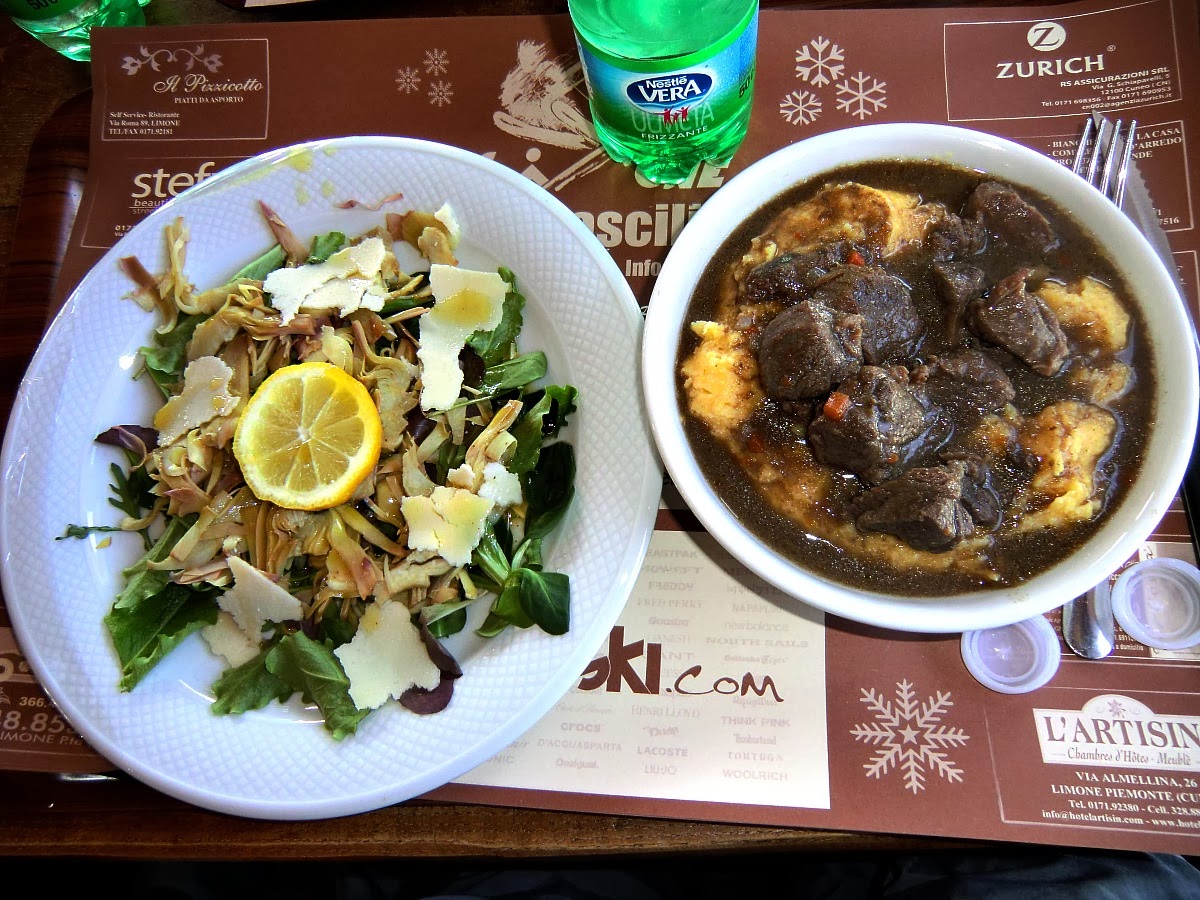Cod stew with vegetables
Fresh cod, cabillaud, has a mild flavour and a dense, flaky white flesh. It should be cooked al dente, just cooked, but never over-cooked. Cod goes very well with mild vegetables, such as carrots, leeks, courgettes and potatoes.
In France, the traditional fresh cod season used to be from March to May, and salt cod, morue, was consumed at other times. Nowadays fresh cod is available year round in supermarkets as the farmed fish and seafood have become more popular.
The following recipe is a carefree one-pot dish. A heavy casserole, such as Le Creuset, is best for this recipe.
2 servings
2 fresh cod fillets, about 150- 200 g each
1 carrot, sliced
2 small courgettes, sliced
1 leek, sliced
4 new potatoes, sliced
½ fennel, sliced
1 clove garlic, minced
2 tbsp rapeseed oil
Black pepper
Parsley, minced (try dill or chives for a change)
100 ml fish stock (made with 100 ml water and 1 heaped tsp Ducros fumet de poisson)
50 ml white wine
2 tbsp crème fraîche, 15 % fat
Slice the carrots, potatoes and fennel. Warm the rapeseed oil in a heavy casserole over a medium-low heat and sauté the vegetables for about 10 minutes stirring occasionally. Add the white wine and continue cooking for about 15 minutes until the vegetables are almost cooked.
Make the fish stock by whisking 1 heaped tsp fumet in 100 ml hot water. Slice the courgettes and leek and add to the casserole. Mince the garlic and add to the casserole together with the fish stock. Bring to a boil, and then reduce the heat to simmering. Add the crème fraîche and stir.
Place the cod fillets on top of the vegetables. Grind a few rounds of black pepper over the fish and cook under cover for about 15 minutes until the cod is opaque and just cooked.
Decorate with fresh herbs and serve.


































